Switchbot Announce Retrofit Smart Lock for US/EU
SwitchBot has today announced the launch of the SwitchBot Lock Pro, their next-generation retrofit smart lock designed for both convenience and security while remaining easy to install and use, with its retrofit installation method.
Designed to be compatible with various locks available, the SwitchBot Lock Pro offers retrofit solutions tailored for both EU/UK and US households. Due to support for various lock types commonly found in these diverse regions, it’ll allows users worldwide to upgrade their old door locks swiftly, without the need for drilling or damaging their existing door or lock. The installation process also preserves the original key functionality, ensuring that you can still use it when necessary.
The SwitchBot Lock Pro is compatible with the following types of locks:
- Euro Profiles
- Knob Cylinders
For EU type locks, support will arrive shortly after the release of the locks to the market,
- UK Oval Cylinders (Anticipated support by late April)
- Swiss Round Cylinders (Anticipated support by late April)
- Night Latch Locks
- Multi-Point Lock (Without Auto-Lock Functionality)
The lock will come with an optional separate keypad that includes a biometric fingerprint sensor, and although it includes NFC, it won’t feature Apple HomeKey at this time. It’s important to note that the lock itself is not compatible with Apple Home by itself even though it has Bluetooth, so in order to expose it to any platform, a Switchbot hub will be required. If you already have the company’s Hub 2, you should be able to add this lock to the hub and also expose it to Matter.
The built in fingerprint sensor can store up to 100 separate prints, with a 98% recognition accuracy.
Speaking of unlock methods, the company claim there are a total of 15 methods available, although to be more accurate, some of those could easily be combined into one distinct option (NFC tags and Cards are pretty much the same method, basically). However, the Pro does offer enough options for almost all use cases, including your original keys of course.
The lock can also work with their newly available Switchbot Hub Mini 2, which saw a release in Japan in January of this year. It should be noted that currently the company will only be selling the hub with the Lock Pro as part of a package, with the hub itself not actually available for purchase separately. The company will offer the Lock Pro, Lock Pro + Keypad, and Lock Pro, Keypad + Hub Mini 2, as three optional packages. The new hub is Matter enabled, thus allowing the lock to be exposed to your Matter platform, but also another reason why there is currently no Apple HomeKey support.
When it comes to powering the lock, there are two methods both based around batteries; You can run the Pro on four standard AA batteries, where a claimed 270 days (around 9 months) of standard use,or you can use the company’s own rechargeable battery packs, which offers a maximum of 12 months between charges, with the design allowing for one of the two packs to be removed for recharging, whilst the lock continues to function with the remaining battery pack, for uninterrupted use.
Although the Lock Pro is listed on the company’s website, stock is unavailable at present, although it should be available there by March 31st, with product sold via Amazon available around April 10th. You can check out the prices of the different packages for your region via the special preorder page – US, EU, or UK.

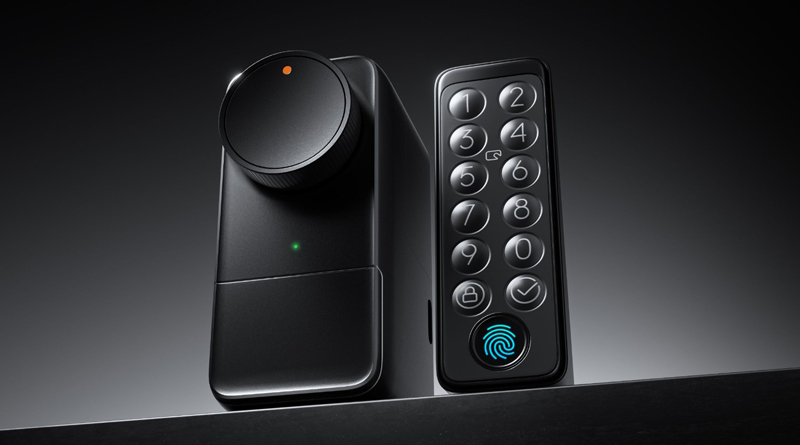
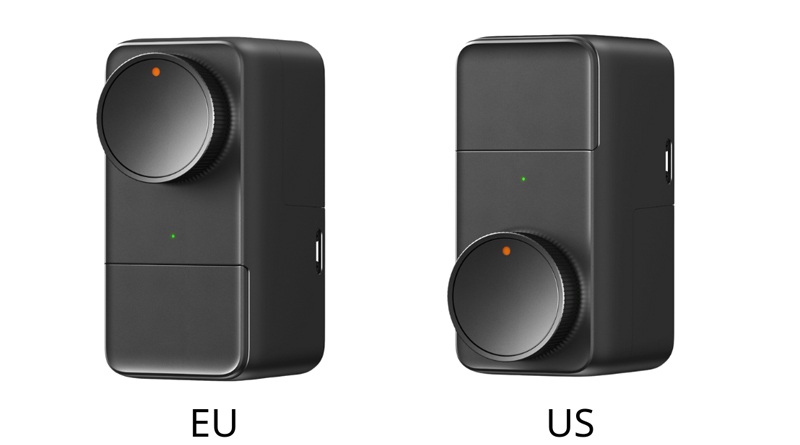
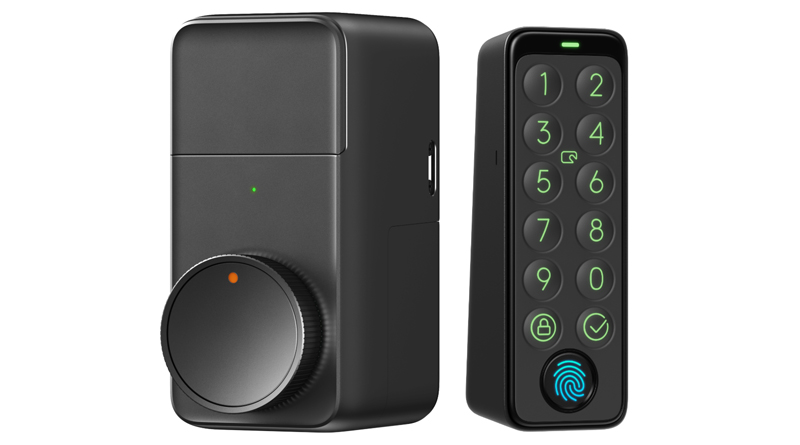


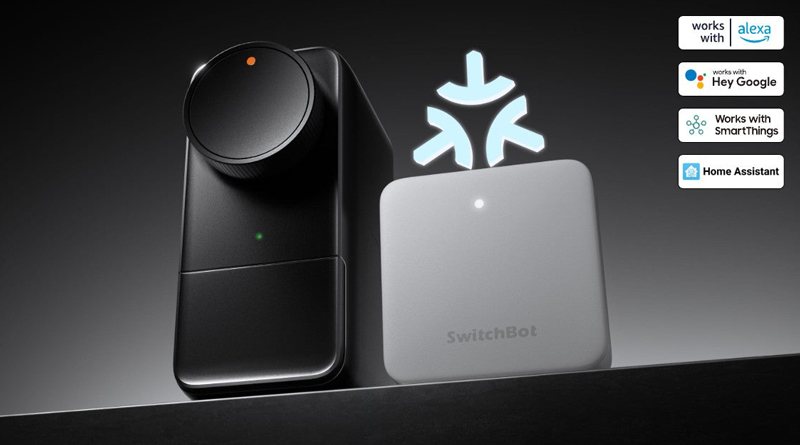
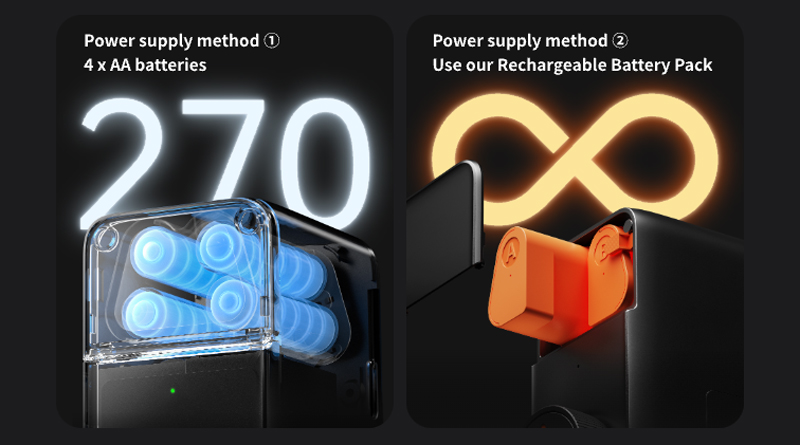
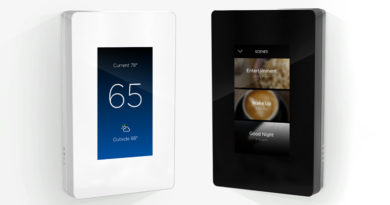
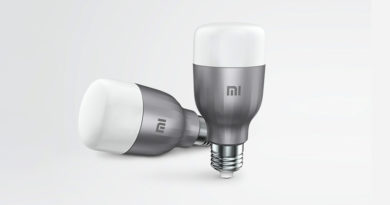

NFC Cards and Tags are very different in how they’re used, actually.
NFC Cards you carry with you, and you tap the card against the keypad/fingerprint/NFC reader to unlock – no phone required.
NFC Tags are stuck to somewhere near your lock, and you tap your phone against the tag, sending a trigger to the Switchbot app, which then uses Bluetooth to unlock the lock.
All-in-all, I’m pretty impressed with the different options on the current gen Smartlock (which are identical).
Thanks for the feedback. I do actually say ‘same method’ not ‘the same’, which is to say they are both using the same technology.